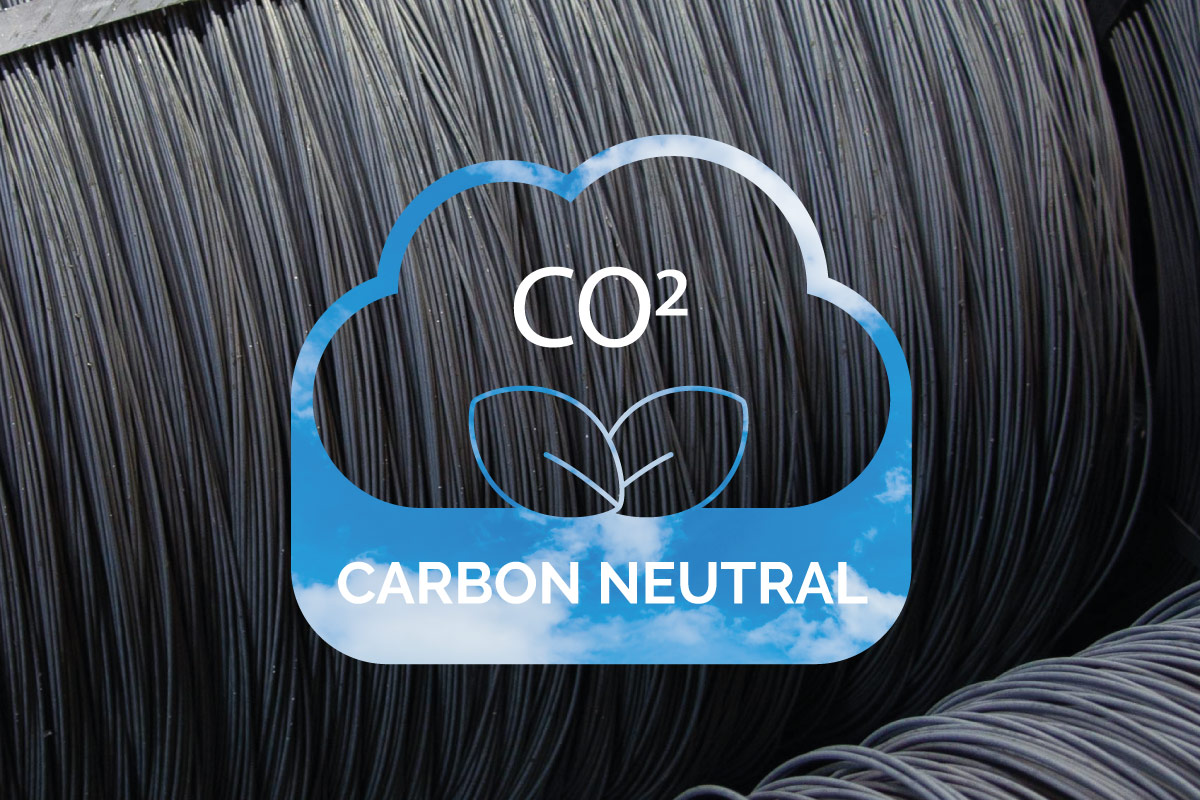What is the point of investing in reducing carbon emissions if large areas of the world continue to produce without regard for environmental pollution? Furthermore, how can such investments be supported when there are competitors who, benefiting from unfair competition, manage to apply much lower prices by producing in countries where such environmental restrictions are not implemented?
The CBAM Regulation, which was born in 2021 and will soon become a reality, aims to answer these two questions. The acronym stands for Carbon Border Adjustment Mechanism and, as the name suggests, its goal is to "even the playing field" between those who produce with an eye towards the environment and those countries that have not yet implemented such environmental regulations.
The CBAM is a mechanism for carbon adjustment at the borders that takes the form of a tax on products with high carbon density - in particular, cement, iron, steel, aluminium, and electricity - imported into the European Union from countries where the prices of these elements are lower or even negligible, precisely because of the less stringent regulations to which they are subject. "In fact, this regulation seeks to balance the green spirit in which the European Union is moving with imports from countries that are less attentive to certain sustainability issues," explains Luca Mauri, CEO of F.lli Mauri SpA. "I don't know where the introduction of the regulation will lead, what its real repercussions will be, and how it will impact the productive world, but it will certainly have important implications in our sector. It will undoubtedly also lead global multinational corporations to reflect on relocating the value chain, and the impact will be felt throughout the supply chain."
The entry into force of the regulation, initially planned for 2026, will probably be brought forward to 2025 (the transition year), but as of this year, a mandatory reporting system is being introduced with the dual objective of facilitating the transition to the new regulation and making dialogue with non-EU countries easier. The revenues derived from these taxes will contribute to the European budget.
Let's take a closer look at how this compensation mechanism should work: the goal of the CBAM is to adjust the cost of products with high carbon density imported from outside the European Union to the ETS (Emissions Trading System), the community emission trading system. In this way, goods produced in the territory covered by the ETS - that is, the entire EU territory - can compete with imported goods, which will be covered by the CBAM.
The rationale behind the law is to avoid unfair competition that favours imported products over those made within the European Union, but not only that: it also aims to prevent the significant efforts to reduce carbon emissions made in recent years and even more so in the years to come from being undermined by the localization of production in other countries and by the increase in imports due to currently more favourable prices.
The ETS and CBAM systems will initially be active at the same time, but over time, the new system will replace the ETS, just as the initially planned free emission quotas of greenhouse gases from both mechanisms will gradually disappear. Even paid emission quotas, given the elimination of the free ones and the probable shortening of the entry-into-force times, will lead to an increase in the price of carbon and therefore the cost of goods subject to the ETS and CBAM systems.
The solution? Only one, but it should be independent of the ETS, CBAM, or other disincentive mechanisms: to begin producing in a more environmentally friendly manner.
Last news from Mauri


